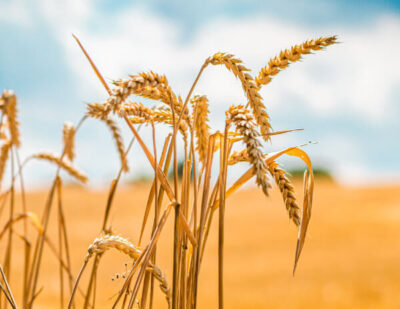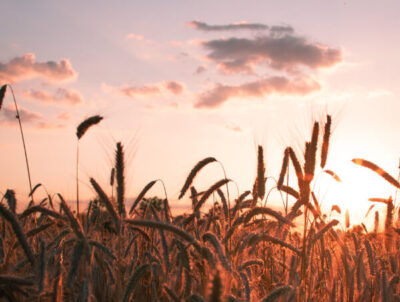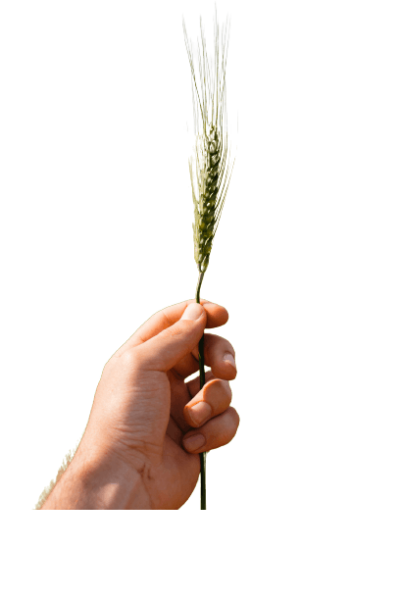Ein patenter Rohstoff
Especially in summer, Europe’s grain fields offer enormous ecological and economic potential – golden yellow bales of straw line the landscape everywhere. Every year, 20 million tonnes of straw are produced in Germany.
Most of it is reused in agriculture as fertiliser, 20 per cent remains unused – that corresponds to four million tonnes. These 4 million tonnes of unused straw alone store 10 million tonnes of CO2.
4 million tons of straw
-
Long-distance flights
This amount corresponds to the avoided CO2 emissions of 2 million long-distance flights from Germany to Australia.
+
New apartments
However, these 4 million tons of straw could also be used to build 400,000 housing units annually.
Straw as a building material would significantly reduce the burden on the building sector, which currently accounts for 30% of annual CO2 emissions in Germany. Straw is available without long delivery routes and creates climate-friendly and affordable living space.
With straw you can build ecologically sustainable buildings.

Relatively little energy is needed to produce the building material. This also applies to the other materials used in straw construction: Wood and clay. There are two types for straw construction: load-bearing or infill. In the latter, straw is pressed into wooden frames. This variant is the more common and can be compared with prefabricated construction methods.
Straw is an excellent insulating material for building renovation.

Straw can be processed in almost any way. As a result, a wide variety of insulation thicknesses are possible to meet different requirements. Compressed straw has excellent heat storage and sound insulation properties. The special feature is its regulating insulating effect. In summer, heat protection is thus also possible.

What else you want to know about straw construction:
Frequently Asked Questions
Is straw not expensive?
Nope.


